The labs of the Mechanical Engineering Group (LaboMec) offers the next services for institutions and companies.
Accelerometers calibration
Mechanical Engineering Group Lab of E.T.S.I.I.T. (LaboMec) of the University of Cantabria has a modern equipment for calibration, as much in frecuency as in amplitude, of accelerometers and signal conditioning with several characteristics.
Labomec accelerometers calibration area arises because of the participation of this workgroup in research projects in relation to the development of the new vibration measurement sensors. Since 1998, this Lab offers their calibration services to industrial companies and organizations.
Labomec has implanted a qualty system that ensures the possibility to replay the tests in the same conditions
Frequency tests
Labomec has an automatic accelerometers calibration system that allows to do the frecuency tests automatically in any kind of accelerometer. This way, the errors introduced by the operator can be minimized as well as the reliability in the calibrations process.
This calibrations are made comparing to our pattern that has a NIST tracking.
This equipment allows the calibration of several kinds of accelerometers:- Piezoelectric y piezolectric of incorporated electronic.
- Piezoresistive of 2 and 4 arms.
- Accelerometers with his own conditioning unit.
Calibration services availability includes:
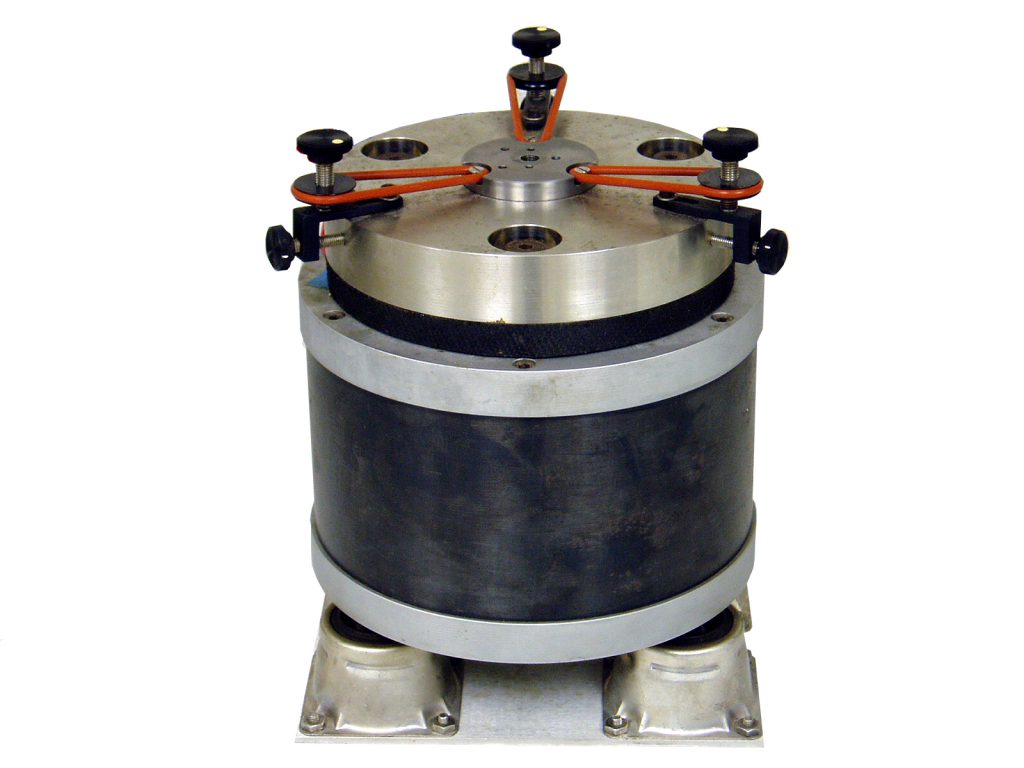
High frequency
- Frecuency check covering from 20 Hz to 50 kHz with tracking between 20 Hz and 10Khz.
- Acceleration level just to 10g depending on the frecuency.
- Minimun tranverse distorsion.
- Max load: 100 gr.
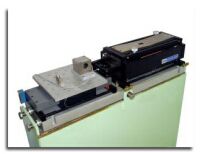
Low frequency
- Frecuency check covering from 1 Hz to 100 Hz.
- Acceleration level jus to 1g.
Amplitude tests
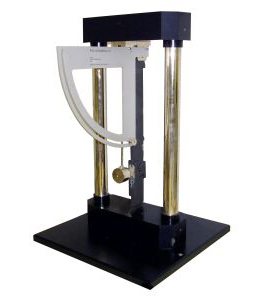
These calibrations are made comparing to our patter with NIST traking. The system used is a pundulum with two arms. The reference and the unit are assembled back-to-back in one of the arms and they are subjected to impacts just to 150 g. generate by the other arm.The signal generated by both accelerometers are collect by means of a signal dynamic analyzer controlled GPIP mode from a computer. In this way, it is easy to collect data and process to minimize the possible error sources.
Combined vibration test with temperature and humidity
Labomec has a climatic chamber where can be simulated differents temperature and humity cycles.
This chamber allows the joint of the vibration exciter to realize combined tests.
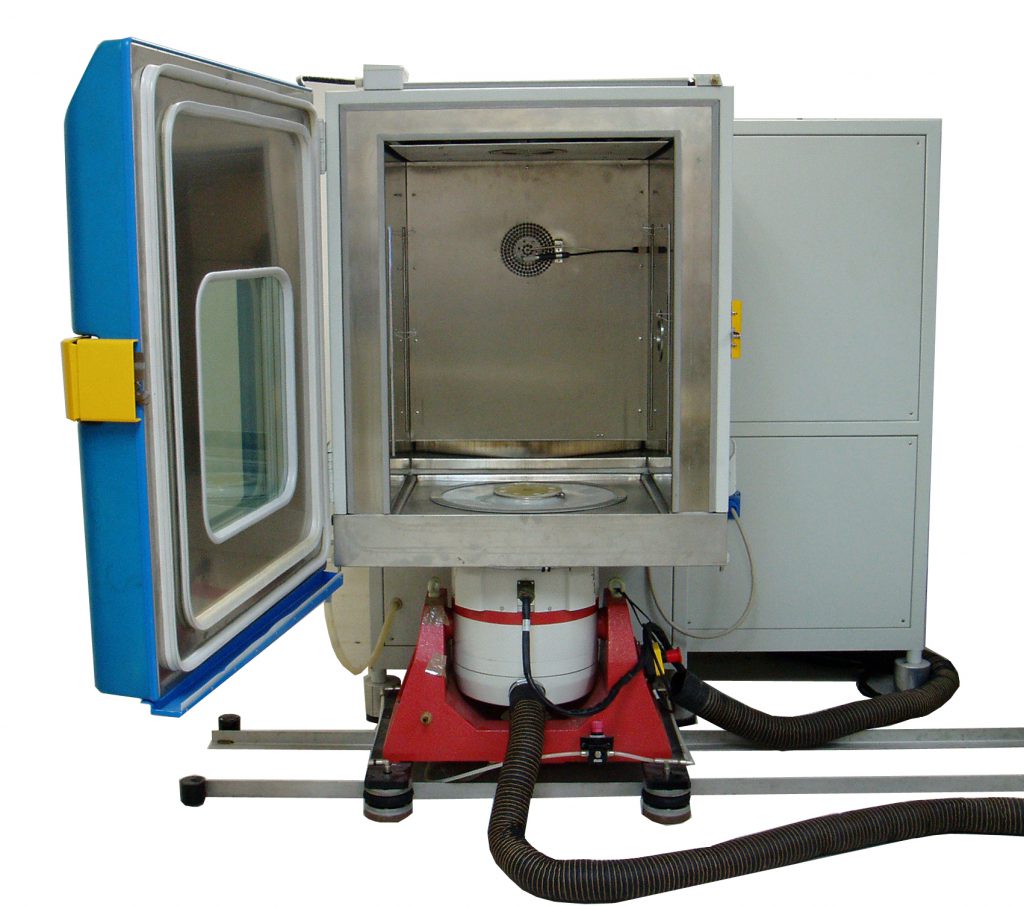
Climatic chamber:
- Temperature range: -40 ºC to 150 ºC (from -30 to 120ºC in combined tests)
- Relative humity range: 10% to 95%
- Max. cooling speed: -1ºC/min.
- Max warming speed: 1ºC/min.
- Capacity: 230 liters.
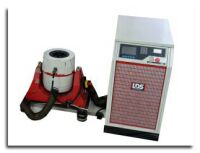
Vibration exciter:
- Max acceleration sine mode: 100 g
- Max acceleration random mode: 70 g
- Max speed: 1.5 m/s
- Max movement: 25.4 mm.
- Frecuential range: 0-5000 Hz.
- Top force (sine): 2200 N
- Rms force (random): 1540 N
- Useful load: 50 Kg.
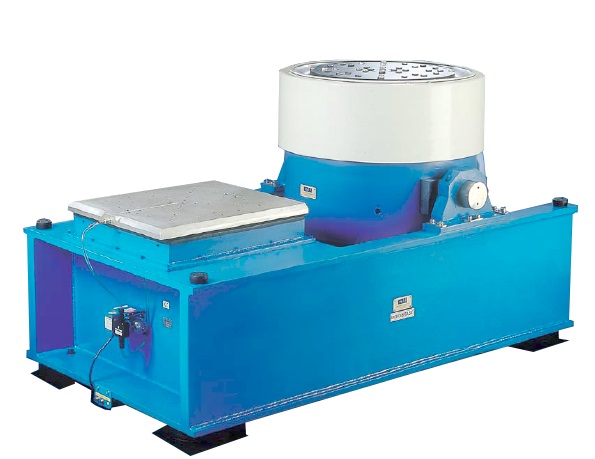
Horizontal exciter table:
- Max. acceleration: 91 g
- Max speed: 1.52 m/s
- Max movement: 25.4 mm.
- Frecuential range: 5-5000 Hz.
- Top force (sine): 7320 N
- RMS force (random): 4150 N
- Useful load: 160 Kg.
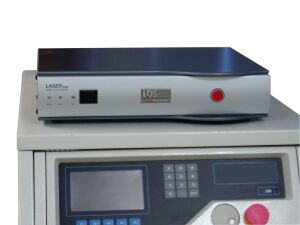
Controller:
- Kinds of control: Sine, sine check covering, resonances search and monitoring, random, crash.
- 8 channels
Measurement and control of industrial noise
Thanks to the acoustic lab equipment, Labomec can characterize any acoustic problem by noise level evaluation, machines acoustic power measurement and noise sources identification by means of the noise intensity technical.
Equally, the noise simulation software allow us to test in the computer possible solutions for noise control, being possible to choose the most favourable alternative, as much from the technical point of view like the economic one.

Specialized courses in noise, vibration and mechanical reliability
Labotec gives specialized courses destined to professionals in the mentioned matters. The subjets treated in these courses can be:
- Noise control and mesurement.
- Accelerometers calibration.
- Application of the finite elements method.
- Application of the reliability to the mechanical design.